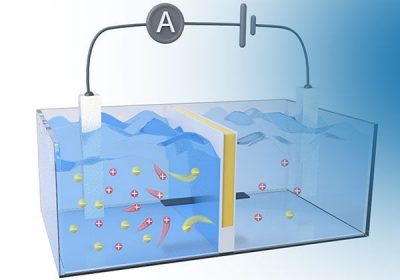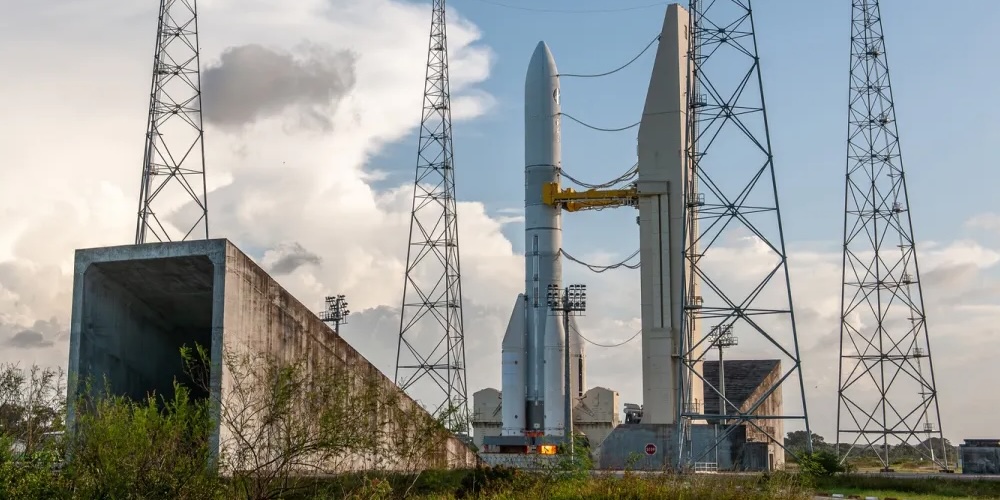User Rating: 5 / 5
Now that the new European Ariane 6 rocket has arrived at the European launch site in French Guiana, the passengers it will launch into space are being prepared to be added to the top of the long new rocket. Ariane 6 will launch numerous satellites, spacecraft and experiments from space organizations, companies, research institutes, universities and young professionals on its maiden flight. From established players like NASA to students designing their first satellite, these missions will measure gamma rays, track wildlife, test self-healing solar cells, confirm the theory of black body radiation, and much more.
There's a smart agricultural satellite, an experimental model of a radio beacon, experiments that remain attached to the rocket's “converter” and even capsules intended to return to Earth's atmosphere to test new materials. Ariane 6's maiden flight will be packed with technology as the first payloads are sent into space. This large number of missions are delivered by three types of organizations: commercial companies, space agencies, and universities. Together they built devices to test and prove that their technology worked in space; Satellites to measure weather on Earth or in the solar system; To study the sun and conduct other scientific experiments.
Four launchers, including the CubeSat RAMI and EXOpod multiple launchers, will launch satellites from the upper stage of Ariane 6. Two re-entry capsules and nine free-flight-ready satellites will be delivered in order for launch into the upper section of the deployed rocket. , perfectly timed for take-off after leaving their Ariane 6 nest, 600 kilometers above Earth. Cubesat deployers are little launchers themselves, coordinating a series of spring-loaded launches to eject one or more small satellites from the Ariane launch vehicle at the right time, at the right speed, and in the right direction for their launch. Their way. Since cubesats do not have their own propulsion systems, they remain in the same orbit into which Ariane 6 launches them.
Different types of missions
Not all missions will fly freely. One mission, YPSat, will remain attached to Ariane 6's upper stage to record the entire mission from launch to completion. Four other experiments remain stuck, doing their work during the rocket's flight and coming back together, like skydivers clinging on before they descend from Earth. “The maiden flight of a new rocket is always an amazing moment, because there are hundreds of thousands of details that have to work in perfect harmony – completely together for the first time,” says Loïc Poirier, head of ESA's Collective Launch Service Procurement.
“Instead of just launching an inactive dummy payload as a replacement for larger satellites, we have a large platform that also provides a unique opportunity to host smaller data-collection payloads. I am very pleased with the scale of space hardware that has been designed and built.” “It is a testament to the creative minds of our generation.”
ESA's young professional satellite, YPsat, will take photos and videos of the Ariane 6 rocket itself once it lifts off. “The maiden flight of a launch vehicle is always anticipated and attracts a lot of interest,” said Tatjana Mandil, communications officer at YPsat while working as a trainee engineer on the Lunar Gateway modules. “It will be great to know that our team’s satellite will be on top of ESA’s new rocket and we hope that We make the spectacle even bigger if we can share video of satellites being launched into orbit, and each passenger will be highlighted in a separate article in the coming months.
source: European Space Agency

“Total coffee specialist. Hardcore reader. Incurable music scholar. Web guru. Freelance troublemaker. Problem solver. Travel trailblazer.”







More Stories
This “salt battery” is shipped by sea
We would probably live longer if we ate less
The poorer the neighborhood, the fewer the number of vaccinations